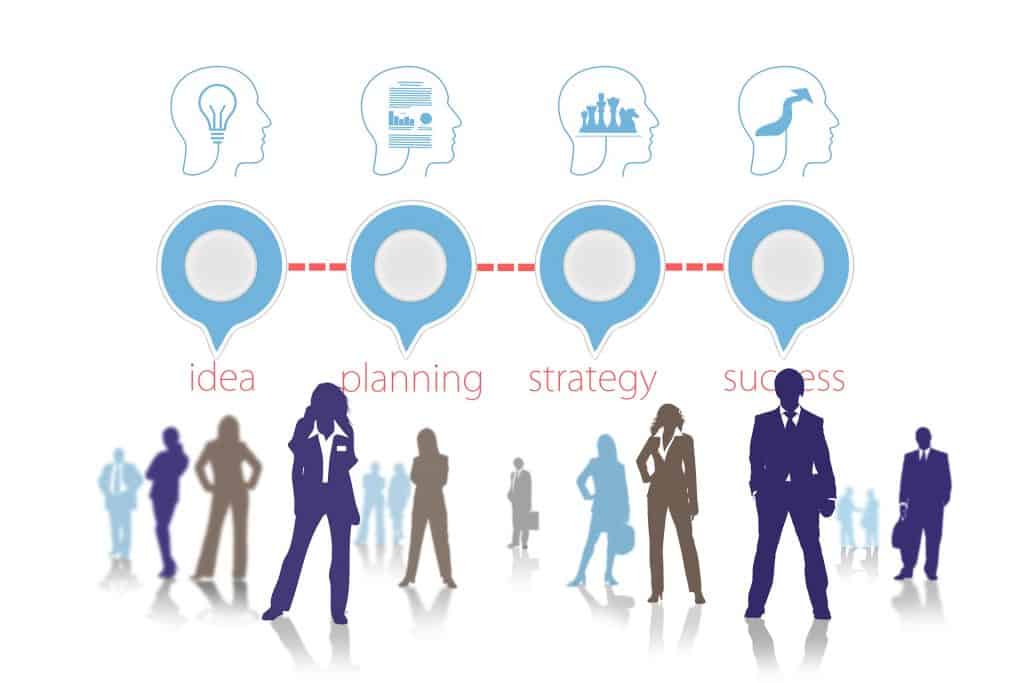Much like a nation, the infrastructure of a business will determine its overall effectiveness. The internals of a business has to be intertwined like lovers, wrapping around each other until they almost become one. The infrastructure of a business is the mass of physical systems that allow development, prosperity and fluidity to be fostered as core principles. For a country this amounts to having a great road network for citizens to go to and from work, a water and electric system to power home, a communication network so that governments and economies are in constant chatter with each other at all times.
For a business, this could amount to an IT system such as a software interface where work is allocated, and can be done. It will also be the industrialization such as warehouses, distribution networks including transportation. It will also be buildings and offices, where work can take place. As you can already surmise, it’s the internal network of a business, made possible by physical systems. So how should you design your business’ infrastructure?
Avoiding design debt
One of the most expensive things about business is designing your infrastructure. This may not come in the way of fiscal expenses but definitely in the way of mental exhaustion. Corporations will continually assess whether their infrastructure has the ability to cope with increases in demand and overall growth. This also means that the physical systems and networks will have to be redesigned, costing money. To a certain degree this is purely unavoidable, but where small businesses go wrong is the lack of awareness or planning for the overall design of their infrastructure. Hence, they will play catch up and try to redesign themselves but the cost will be too much to bear.
This is what is called the ‘design debt’, whereby your networks are poorly designed and you’ll suddenly realize you don’t have the capability to perform your tasks. Essentially, it’s an infrastructure that is designed for the now and present, not taking into account what could possibly happen in the future.
The key questions are for your business, are you ready for increases in demand and success? Do you have plans to build or rent a warehouse close by to your other warehouses or perhaps around the country? Do you have the funds for the transportation of goods from your warehouses? Can you afford to employ new workers in both of these areas? Can you upgrade or change your software interface so your employees can work faster and more accurately to keep up with the increased demand? Think of your internal networks being upgraded all at once to improve their functions and therefore their performance.
Powering into the future
Small businesses are some of the first to utilize modern technology. You may not know this but many large businesses will sit back and wait to see how small businesses perform with certain new technologies to see where the weak points are and what advantages they could gain. Hence why we tend to consider large business as slow and lumbering, taking its sweet time to adapt to new and futuristic practices.
Take this in good stead, as you might be willing to implement new technologies that could take your business further. Yet, don’t be too hasty because you need to consider the cost for the power you’ll require. As you can see for a small business, the average amount of kWh used per year is going to be around 15,000 to 25,000 kWh. Considering that the next step up being a medium-sized business is 40,000 kWh, that’s a gap of around 15,000 or more kWh. A micro business will use around 8,000 kWh to power all it’s needs. Considering that this is a good go-between for estimation that could mean that you’re almost at the capacity of a medium-sized business just for whenever you upgrade your technology or expand your infrastructure just a little. You may want to work longer hours and keep the business open beyond 5 pm, different regions will have different quotes as the national infrastructure will always affect business infrastructure. Therefore you need to pick the right energy supplier, that will remain flexible with your business at all times.
Software upgrading
Employees need the best tools you can give them to work at their utmost. Software upgrading is one of the most important aspects of any professional office. Not only is it used to develop ideas, but it’s for absolutely any kind of communication throughout the business. You can take notes about upcoming ideas, spread them around so all employees can read them and know what the future could hold or at least what is being considered. The primary function of this kind of software is to allocate work to all employees. No matter at what level, whether it be in the warehouse, in the office or on portable technology such as smartphones and tablets while staff are in pitches and meetings, work can be allocated and updated through the various stages of completion.
Keep a sharp eye on the market for the best project management software. It really depends on what kind of business you have when it comes to deciding on the best software to choose from. For example if you’re a publication you would rather go for a software that has in-built proofing to correct basic errors. If you’re a business that creates products for technology, you would like to have a software that will give you the ability to update and upload coding files to all relevant departments and employees. The search must go on and occur for you to continuously be ahead of the game with regards to project management software.
The Roman Empire was forged by the soldiers and commanders on the ground. However, all their might could not have been used if they didn’t built the road networks that are still in use today. This is perhaps the best example of why an infrastructure is so important to governments and businesses. First however, you must build and update your own internal physical systems to give employees the best chance of giving you their best.

- This post has been written for Morning Business Chat by an outside source.


